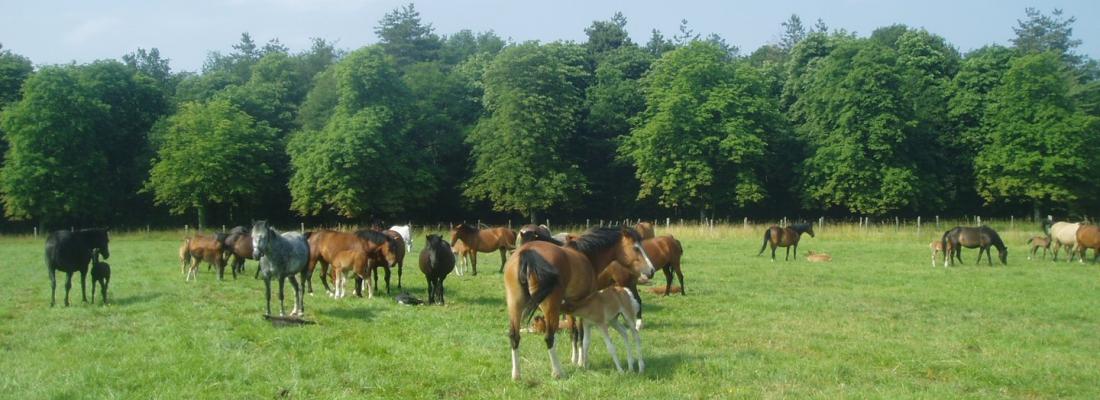Agroecology Reading time 4 min
Saliva samples can be used to differentiate the physiological stages of the reproductive cycle in mares
Published on 18 January 2023

Precision livestock farming using omics approach to acquire precise and realtime data can help farmers in individual animal management and decision making. Since steroid hormones play a key role for the regulation of reproductive functions, reproduction management could be improved by characterizing the steroidome during reproductive stages. Moreover, saliva collection is a non-invasive, painless, inexpensive and easy sampling method.
Thus, this prospective study proposes a steroidomic analysis in mare saliva during reproductive stages, that could help to identify potential biomarkers to accurately detect their reproductive stage in a welfare friendly production system, for real-time decision making at the individual animal level. Correlation between saliva and plasma steroidome was also investigated.
Saliva and blood samples from 6 mares were collected in anestrus, in the follicular phase 3 days, 2 days and 1 day before ovulation and the day when ovulation was detected, in the luteal phase 6 days after ovulation and in gestation 18 days after ovulation and insemination. Steroidome analysis was performed by gas chromatography coupled to tandem mass spectrometry (GC-MS/MS).
We characterized 25 and 36 steroids in saliva and plasma respectively. Pregnenolone concentrations in saliva during gestation were significantly higher than during anestrus or follicular phase and tended to be higher than during luteal phase. Most of the 5a-reduced metabolites of progesterone showed higher salivary concentrations during the luteal phase 6 days post-ovulation and during gestation 18 days post-ovulation compared to anestrus and follicular phase. These steroids could be potential salivary biomarkers of the reproductive stage of the mare. Further studies with a greater number of animals are in progress to confirm the reliability of these potential candidate biomarkers and to develop field-friendly assays.
G Goudet, C Douet, A Pianos, L Haddad, F Reigner, S Deleuze, P Liere. 2022. Saliva and plasma steroidome in mare during reproductive stages : a GC-MS/MS study. Frontiers in Animal Science 3 : 1055179.
https://doi.org/10.3389/fanim.2022.1055179
